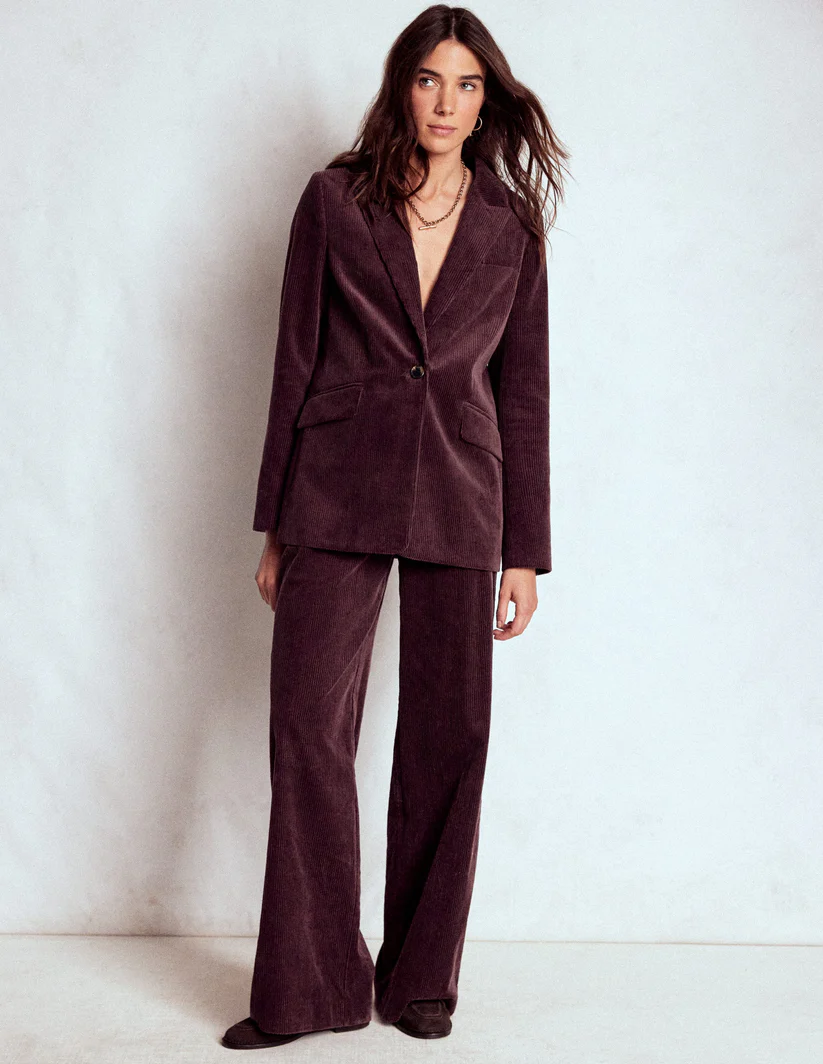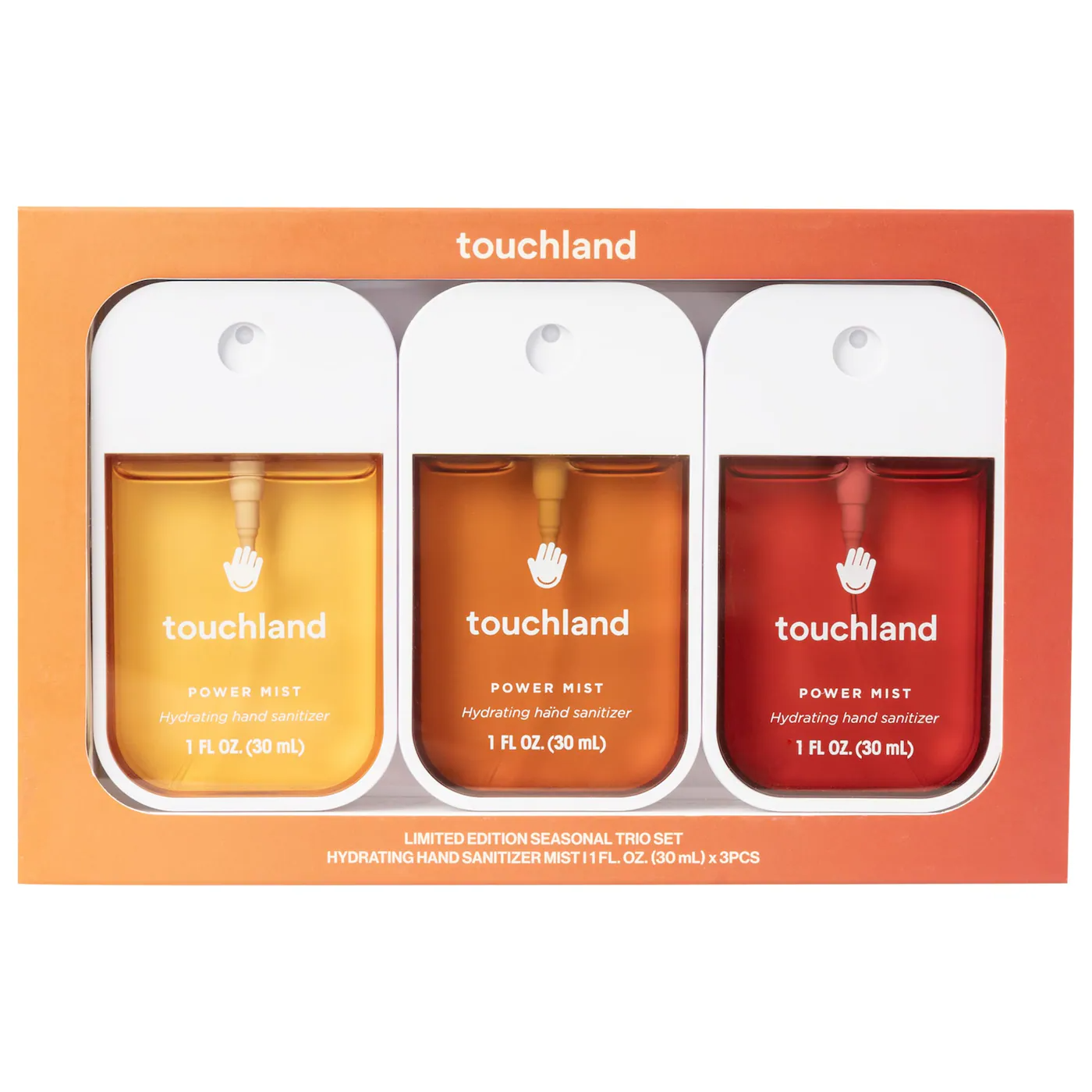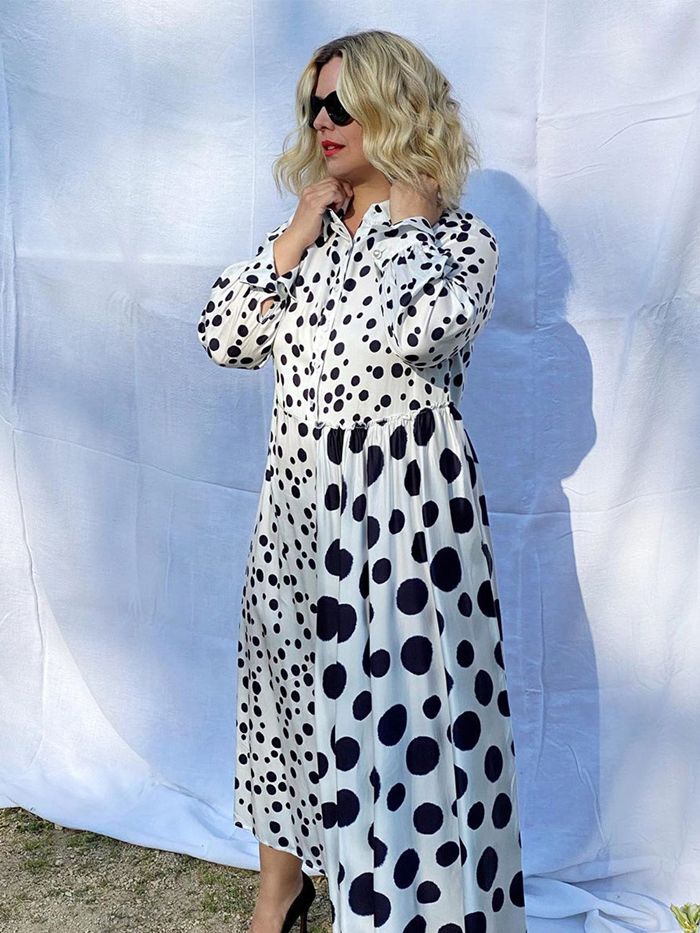
This week it has been Fashion Revolution Week, which is a movement which has for the past seven years been calling for an improvement in sustainability and ethics in the fashion industry. In order to reverse some of the startling statistics about clothing waste, we all need to be more conscious of what we are buying, however, it can be confusing to know where to begin to make our wardrobes more sustainable because there are a lot of complexities. But if you want to start taking steps to make your wardrobe more considered, what are the fashion equivalents of buying a reusable bottle and using metal straws instead of plastic ones?
“Consumer-facing coverage of sustainability often focuses on either disastrous environmental and ethical news or future purchasing behaviour, which can leave us feeling either powerless to make a difference as an individual or confused about where to start,” sustainability expert Brooke Roberts-Islam of Techstyler says. There are, however, small changes which are a step in the right direction—from the things to look out for on clothing labels to how you should actually be washing your clothes. I spoke to nine people who are inciting change in the fashion industry this year to discover their easy tips for making your wardrobe more sustainable.
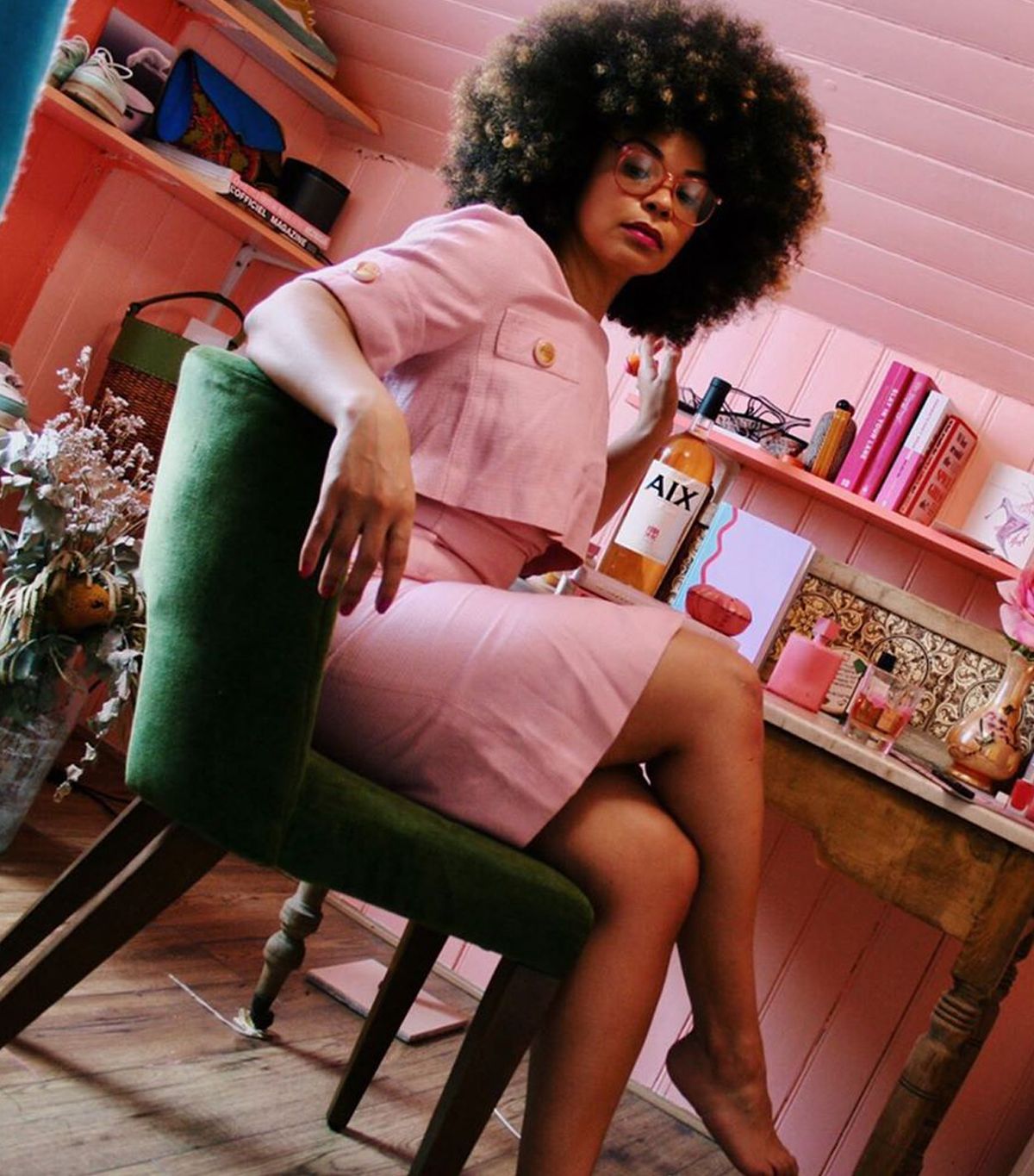
“My top tips for becoming a more sustainable consumer are to wash your clothes less— research by the Energy Saving Trust has shown that laundering accounts for 60–80% of a garment’s total environmental impact, so you can significantly reduce your impact even by washing your clothes after every few wears. And to wash your clothes at 30 degrees (this is reported to reduce energy usage by up to 40% compared to the standard 40-degree wash) and dry them naturally to further save energy. Saving energy means reducing the burning of oil and gas and ultimately, a reduction in the contribution to the rise in global temperatures causing climate change,” says Roberts-Islam.
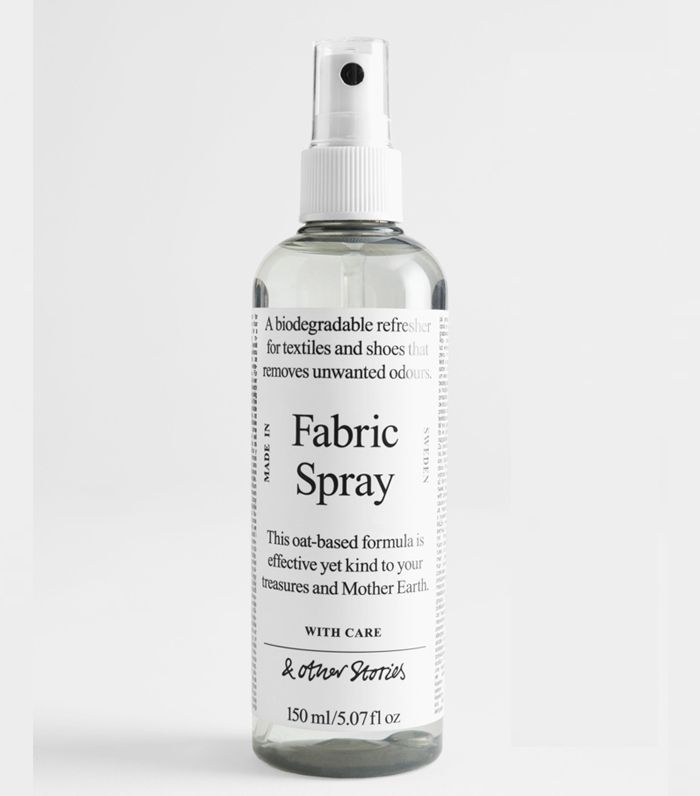
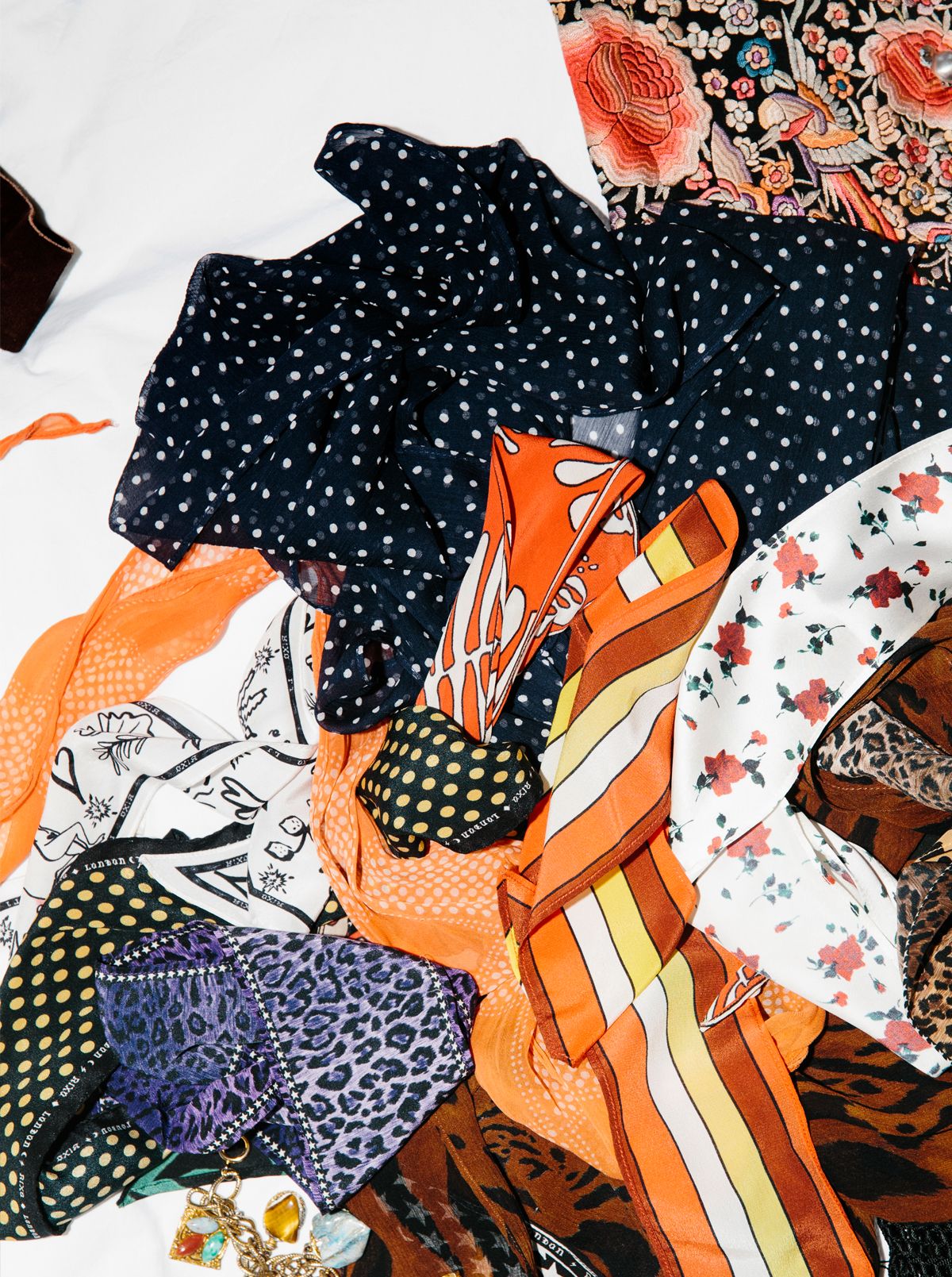
“Organise your wardrobe and look after what you have so you can celebrate the pieces that you love. If you can actually see what’s in your closet, you’re much more likely to be inventive when styling outfits, meaning you’re less likely to buy new pieces. There is so much value in having less. With less, our minds are calmer and our headspace clearer,” says sustainability ambassador Venetia Falconer.
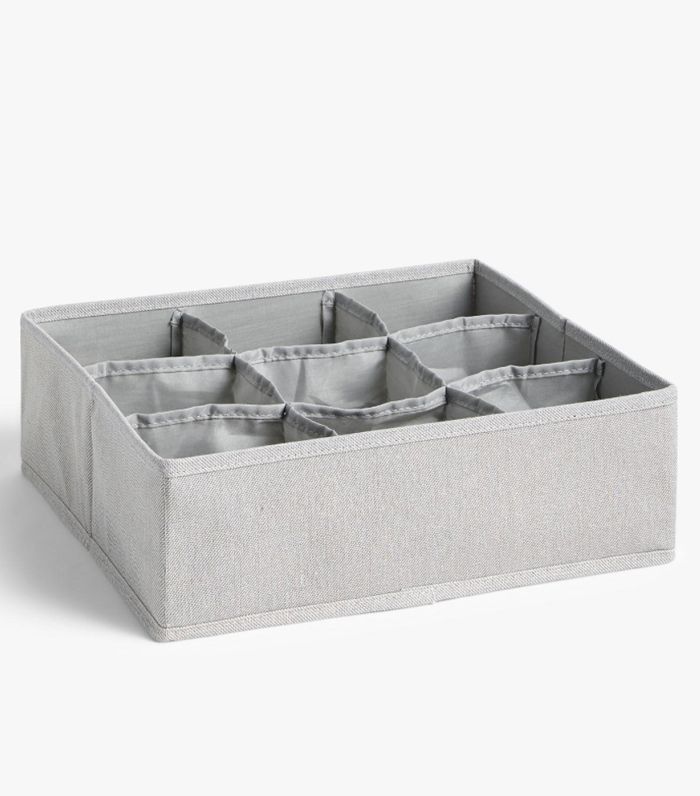

“One of the most conscious ways to shop is simply to buy things you only intend to wear time and time again that you will value and make last. One of the silliest but most effective ways I have found to consider how to do this is to ask yourself, ‘Would you want to run into an ex in the garment? Would you feel confident and assured and good about yourself?’ If not, don’t buy it. Simply by cutting down on what we buy allows us to have a small, considered and hopefully more sustainable wardrobe,” says Cora Hilts, founder of luxury sustainable platform Reve en Vert.

“Try to avoid fabrics that use micro fibres— these fabrics often end up polluting the oceans and are difficult to clean up because the particles are so tiny. Alternatively, choose an organic or GOTS certified cotton. GOTS certified cottons are monitored from the point of growth and monitor the fair trade of the farmers, the consumption of water used, regulate pesticides used, and, on a whole, monitor the full supply chain. Ensure you always do your research but try to ensure fabrics are taken from a source that can be replenished and always, always recycle!” says Nia Jones, co-founder of Good News.
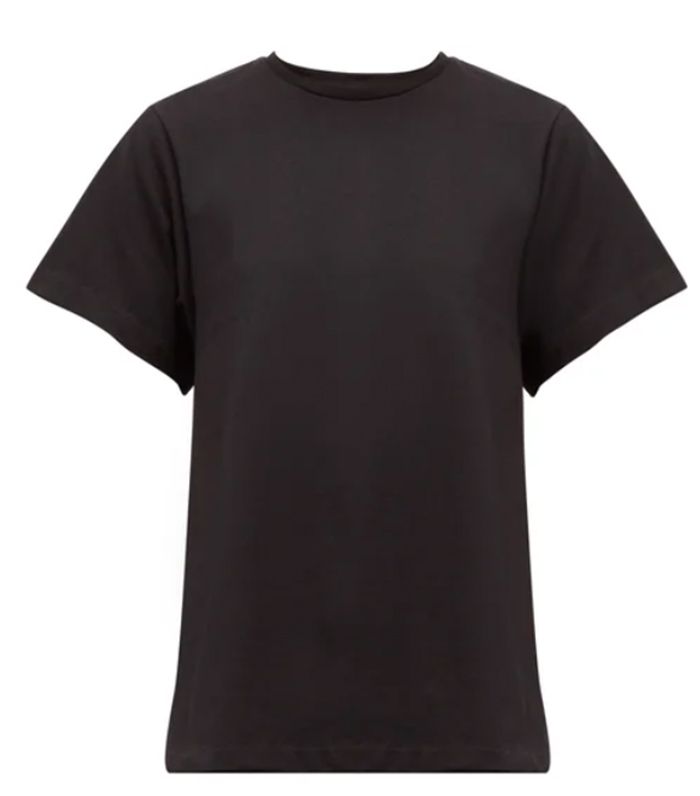
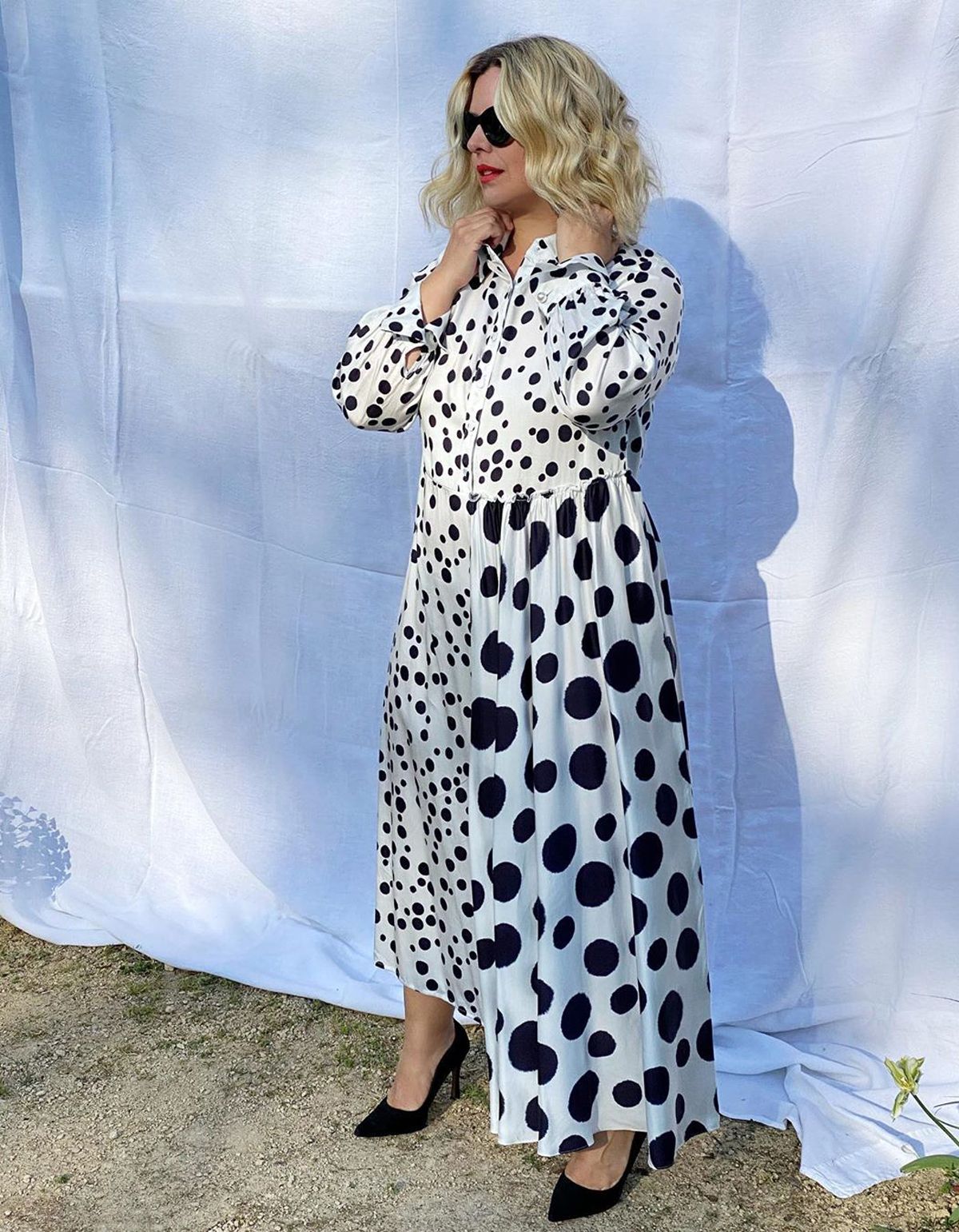
“Vivienne Westwood said it best: ‘Buy less, choose well, make it last,’ and I believe in this. Choose pieces that you absolutely love and ones you know you’ll keep forever. It’s also important to think, ‘Repair before you replace.’ Small rips, holes and missing buttons can easily be fixed. Make friends with your cobbler. Quality shoes can be worn for many seasons with a small investment in maintenance. Also, never throw clothing away. Clothing that is placed in regular garbage is either incinerated or ends up in a landfill. If you don’t wear something anymore, it can always make somebody else happy. If it can’t be worn anymore, it can be recycled. In every Sézane Appartement, there is a collection point called La Grande Collecte (the Grand Collection), where you can donate your old pieces to give them a second life,” says Sézane founder, Morgane Sezalory.

“I think knowing the origin and how it reaches its final product is a good starting point. If you are making a decision on a purchase, go out of your way to find out the story and process behind it. Ask questions and discover for yourself. The more knowledge you have, the more informed you will be to make the right choice. For us, whenever we design a product we are always thinking of the origin and process behind each element that goes into our products. We are trying to shine a light on this through our social media because it’s important to be aware of this; not just as a business, but for consumers too. We know we aren’t perfect, but we are trying our best to ensure we are conscious of the sustainability of our business,” says Wicker Wings co-founders Belinda and James Yu.
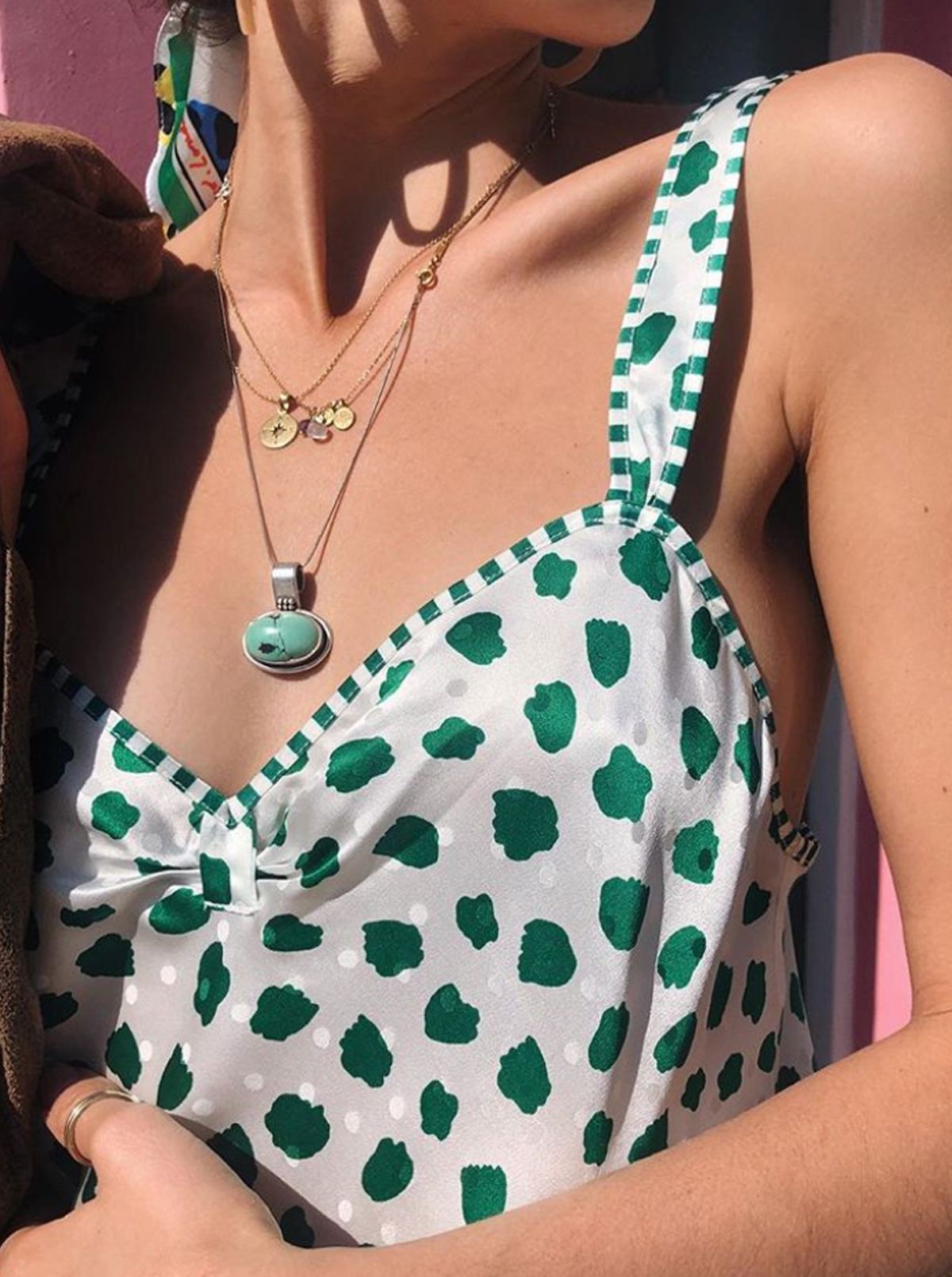
“Rediscover the connection you have with the clothing you already own. Start a love story with a piece of clothing that needs a new life, embroider into it and redefine what new means to you!” says Jemma Finch of Stories Behind Things.
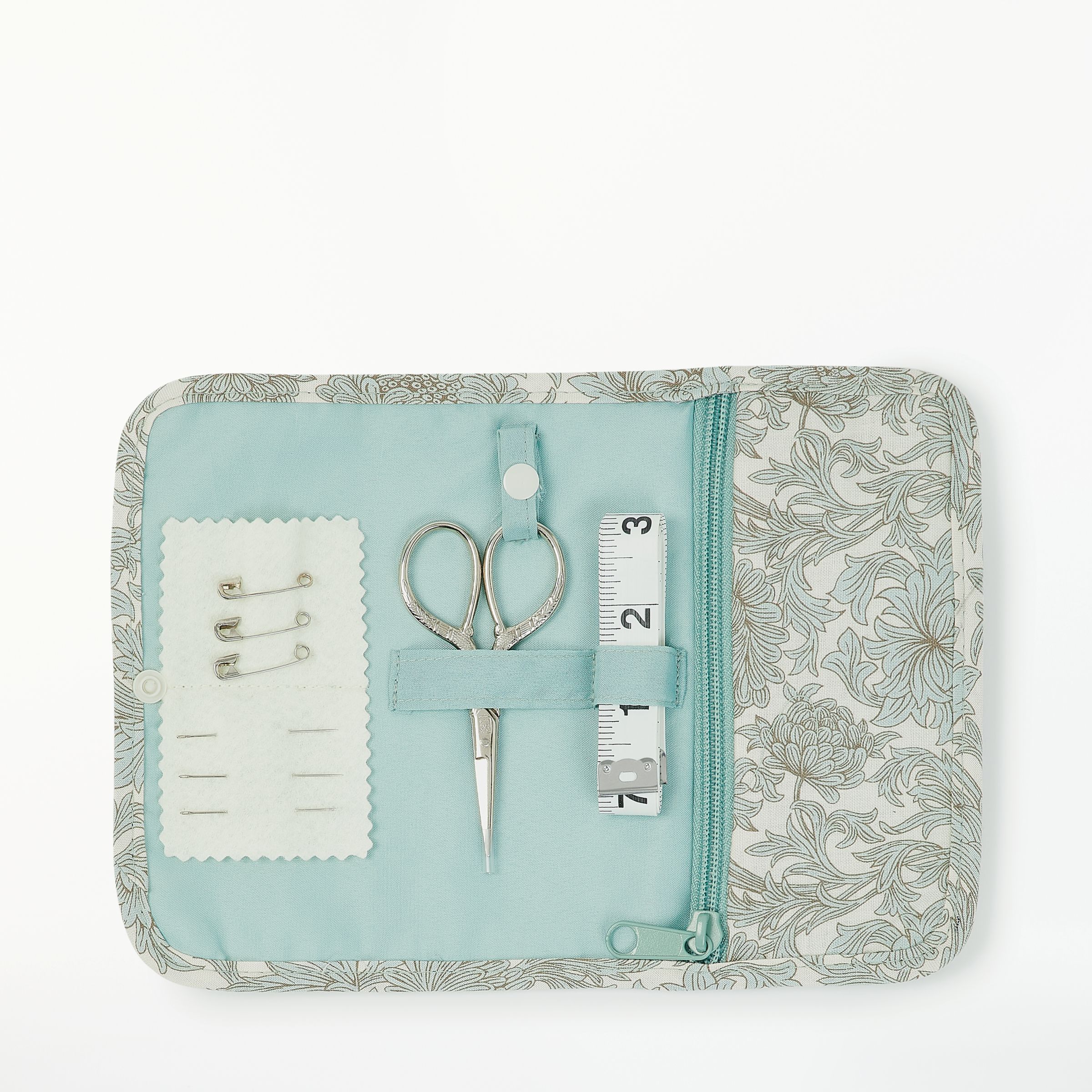

“Don’t impulse or ‘one wear’ buy. It’s worth investing in pieces you really love and are made from high-quality materials that will stand the test of time; pieces that you’ll genuinely want to keep forever. Orlagh and I love the timelessness and cyclicality of vintage; that’s essentially what we want Rixo to be for our customers: future vintage,” says Rixo co-founder Henrietta Rix.
“We don’t follow trends when we design our collections, and most of our pieces are made from 100% natural and high-quality fibres such as silk. We love the idea that our customers would want to wear their Rixo piece time and time again and know that it’s not going to go out of fashion or fall apart after a couple of wears,” adds her co-founder Orlagh McCloskey.
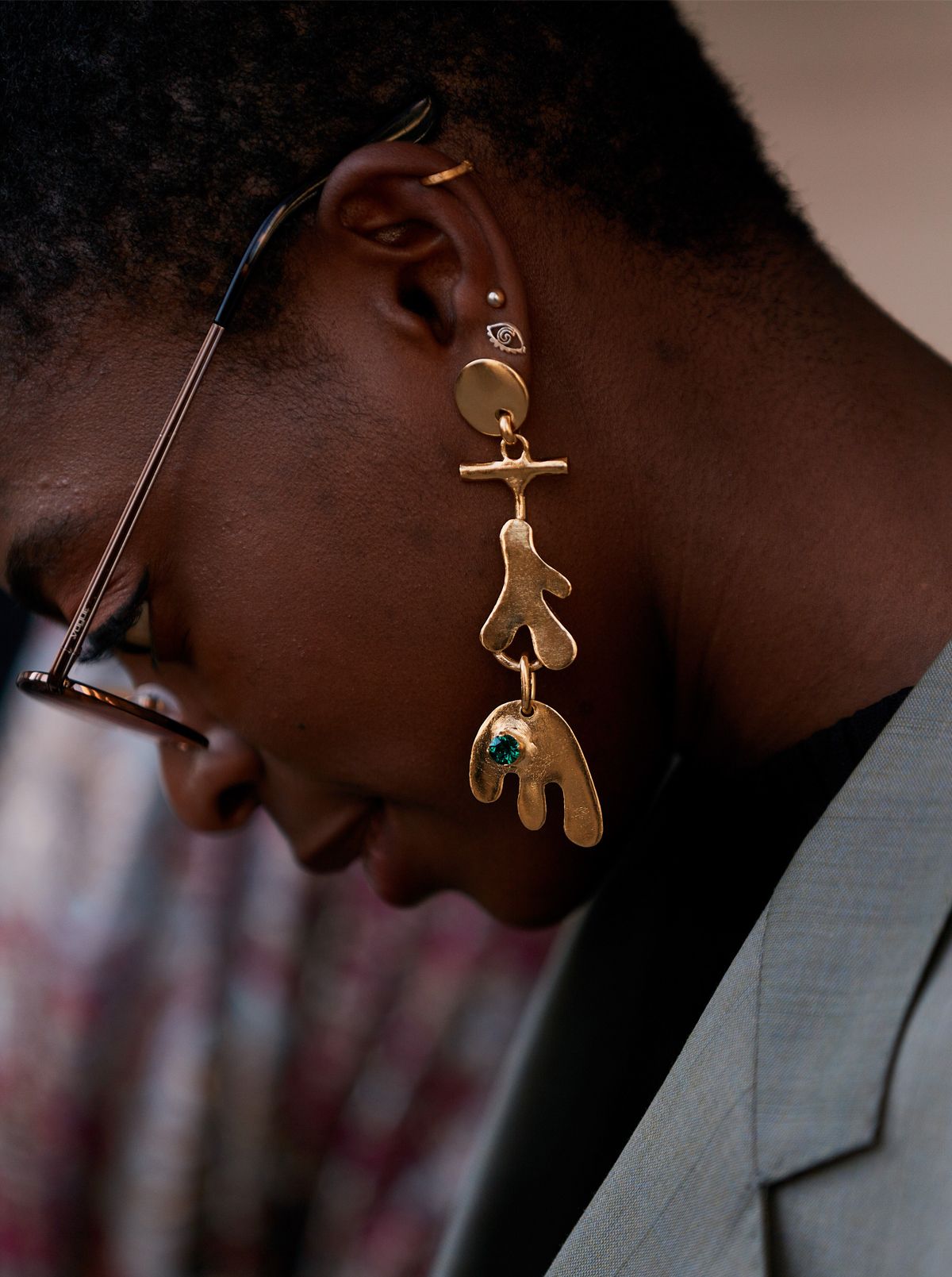
“Adopt a fanatical approach to shopping and look out for those telltale signs that a piece of clothing is built to last. For example, at Ninety Percent we use grosgrain trims inside our back neck. It not only covers any unsightly over-locking but also acts to reinforce the seams against wear, tear and stretching. Let’s try and slow the pace of fashion down. If it looks good and performs, it’s a win-win,” says Creative Director of Ninety Percent, Ben Matthews.
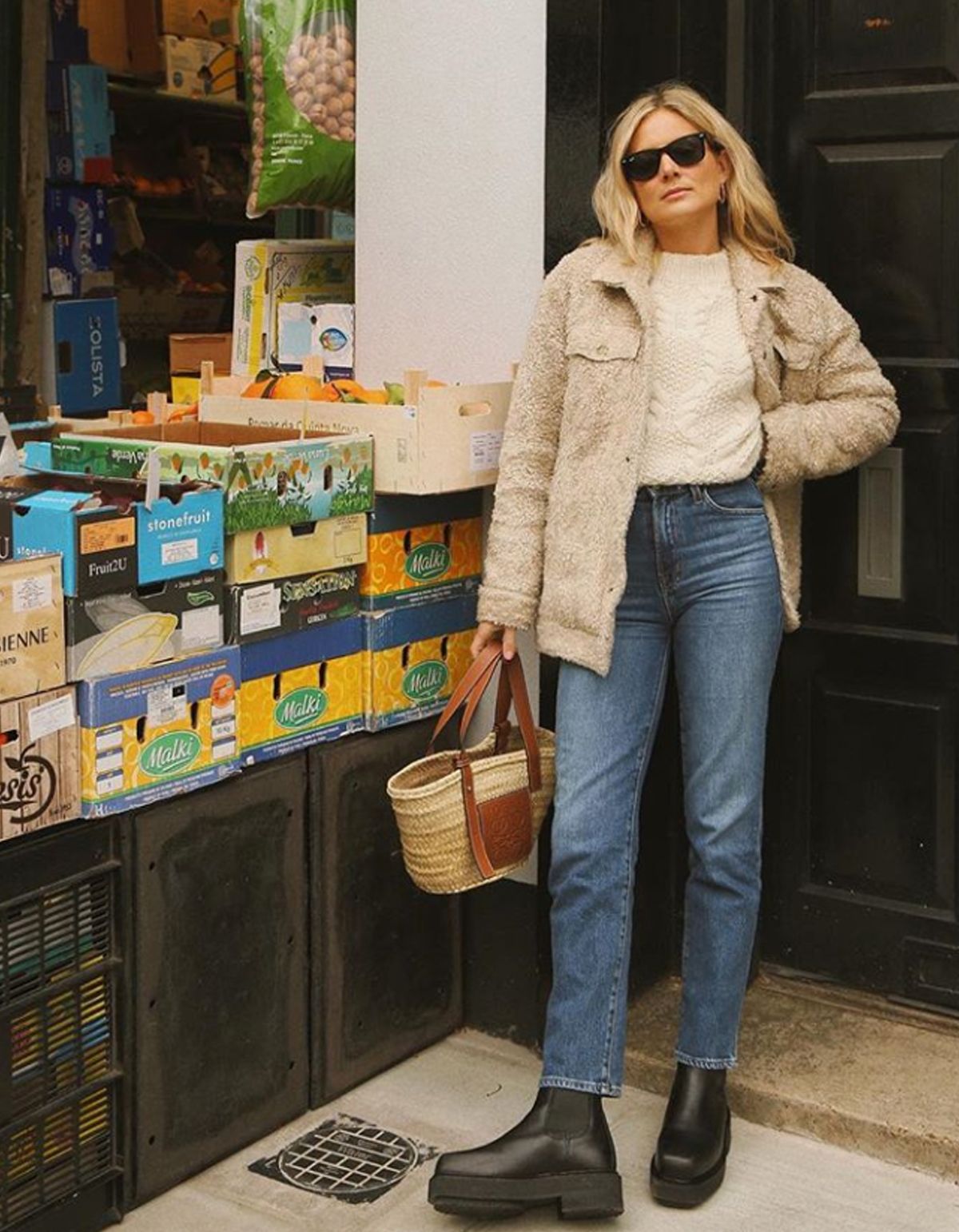
“I always suggest to carefully read the label when shopping. When it comes to clothes shopping in 2019, most eco elements are communicated transparently in product packaging. J BRAND lists sustainable elements from water reduction to recycled cotton and hardware above the back pocket on recycled fabric, meaning that consumers can make informed decision as they sort through their favorite silhouettes,” says Mary Peffer, VP Global Marketing and Brand Creative at J Brand.
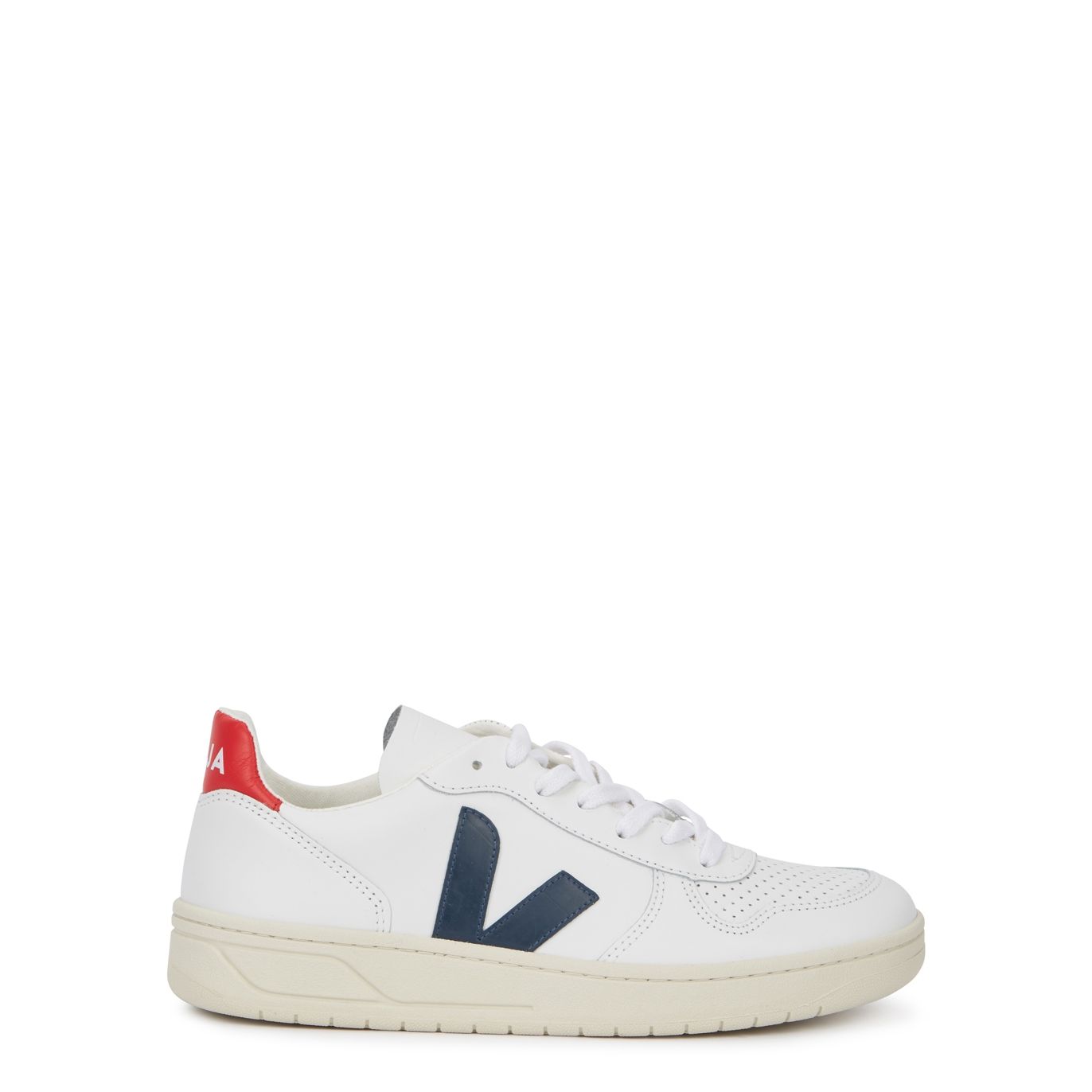
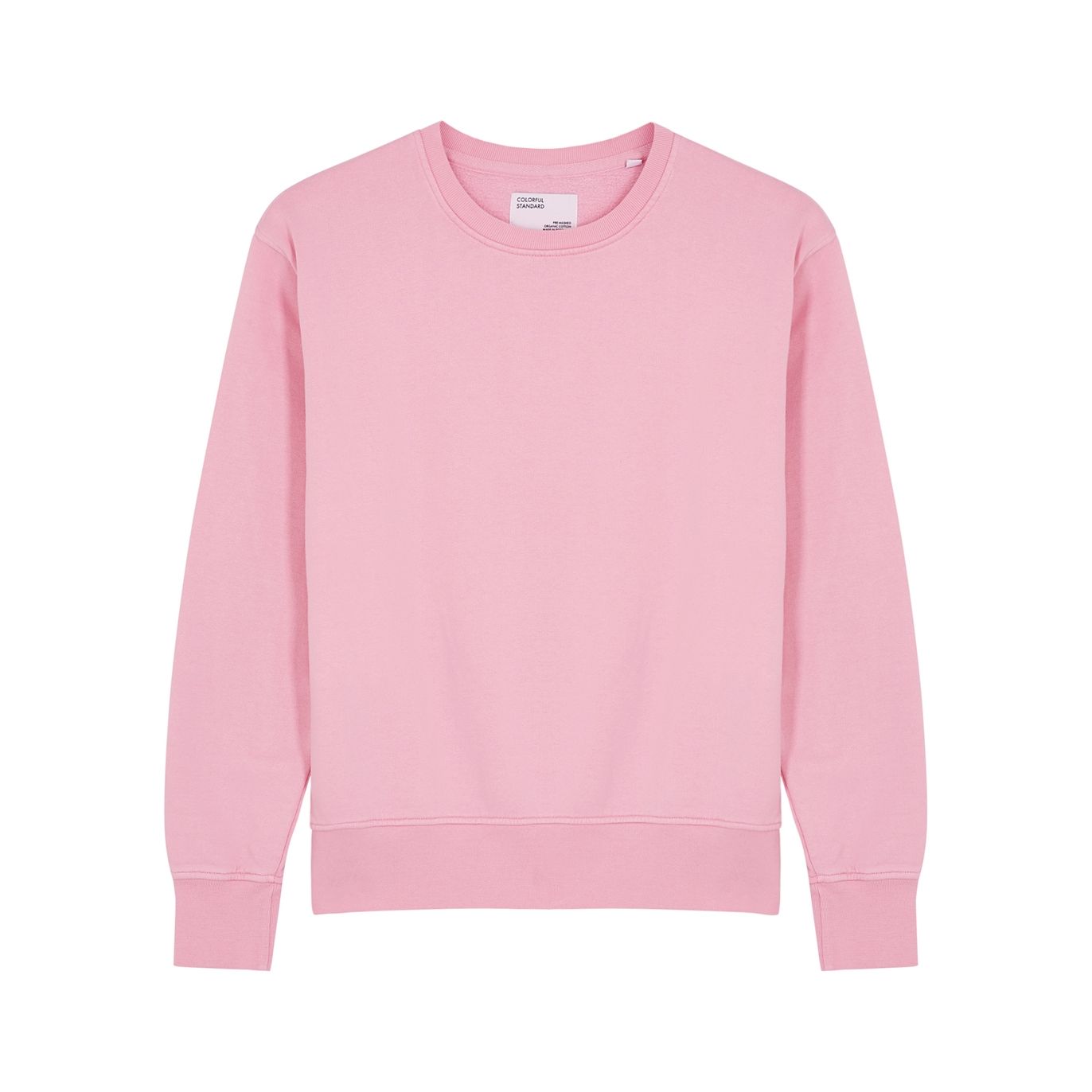
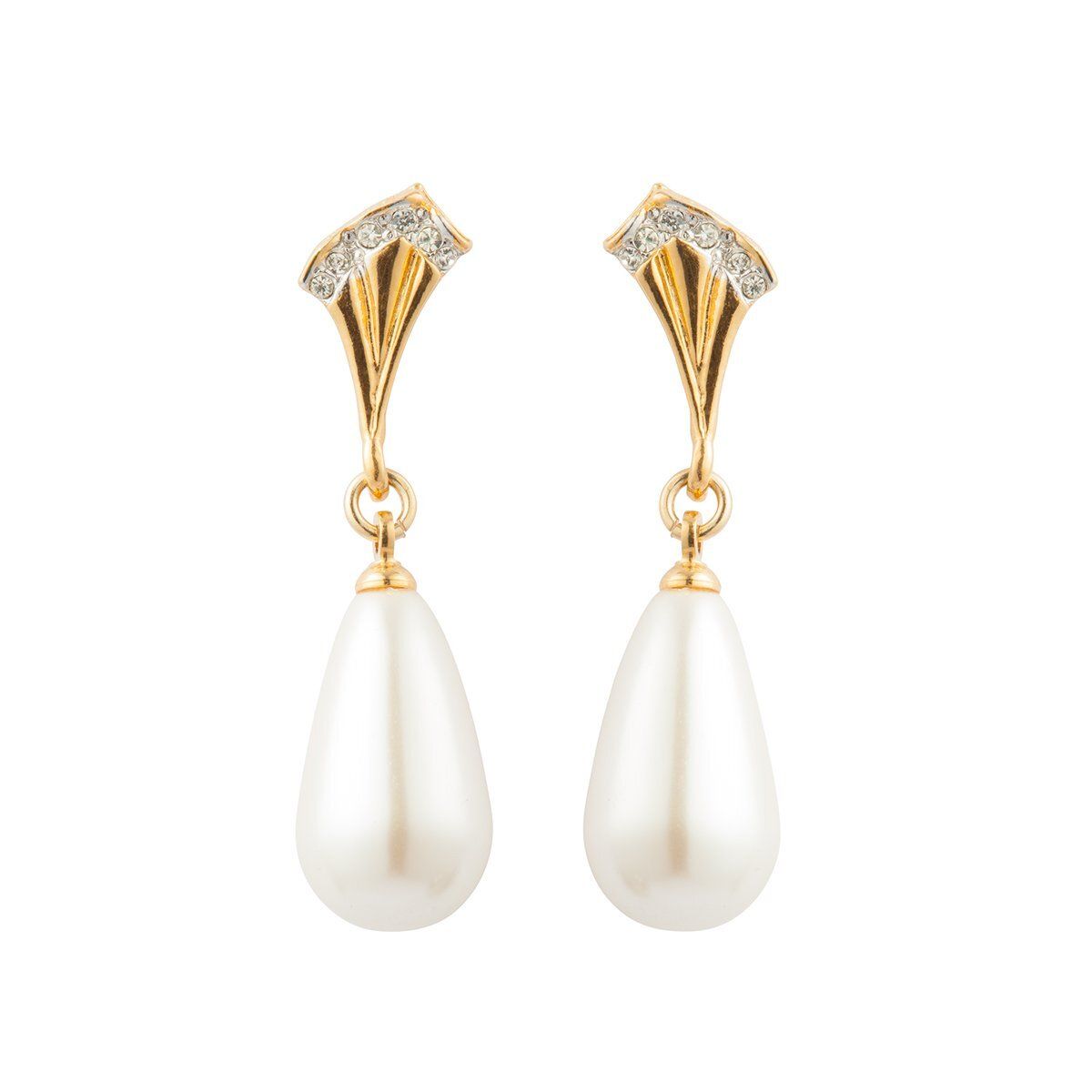
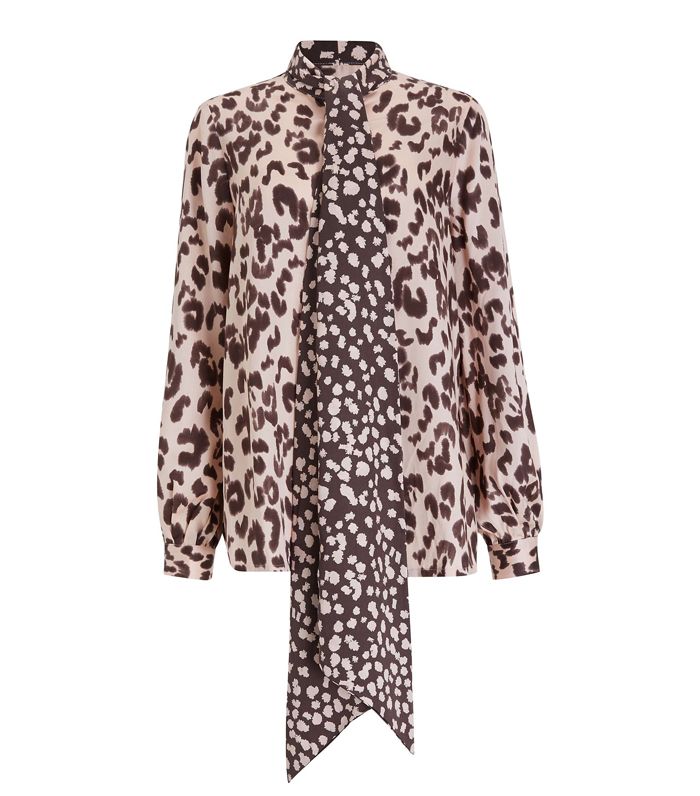
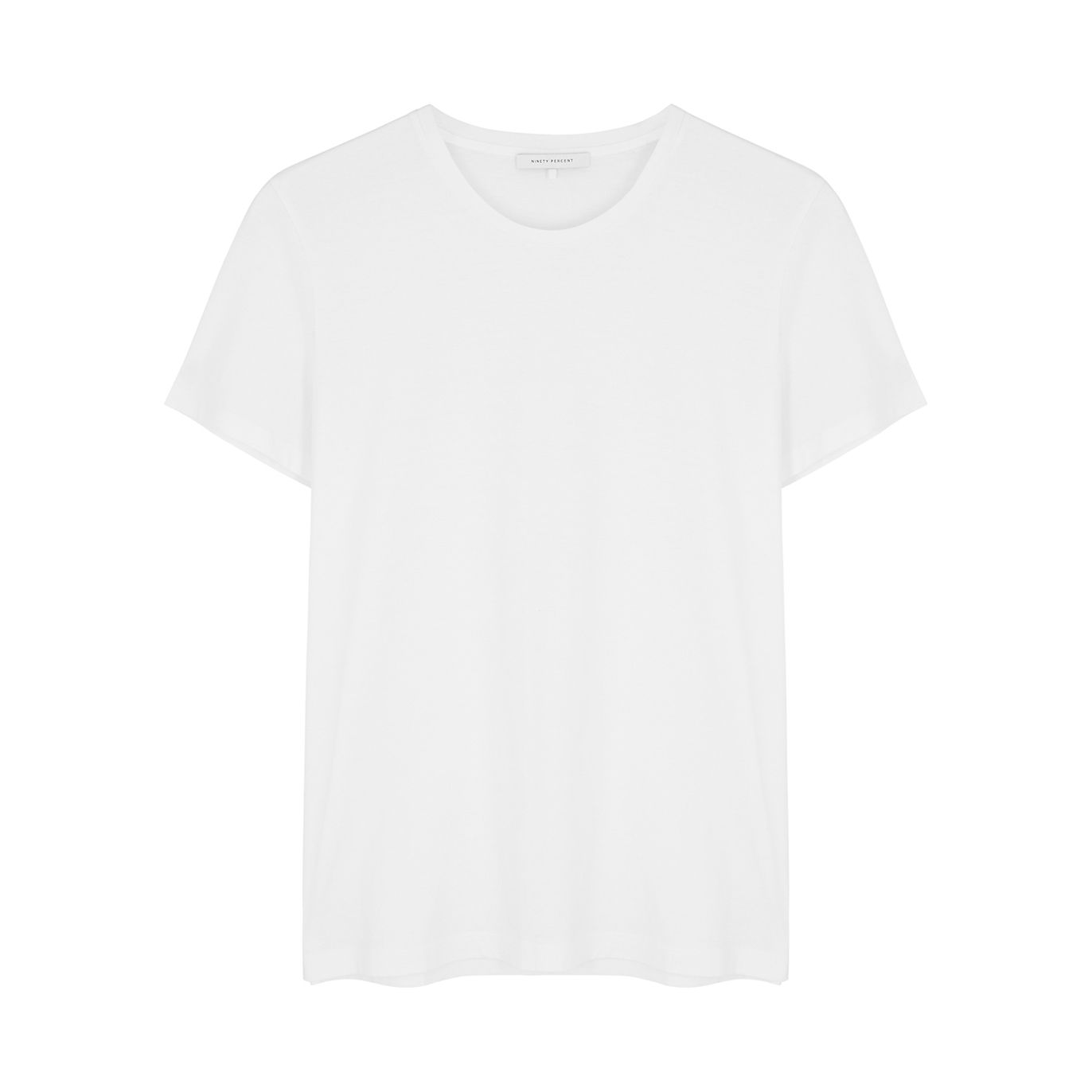
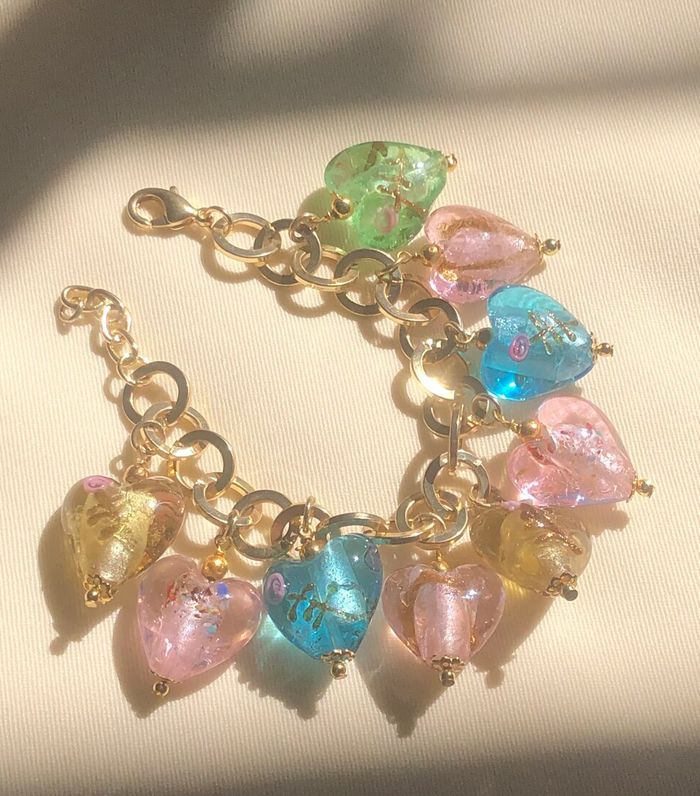
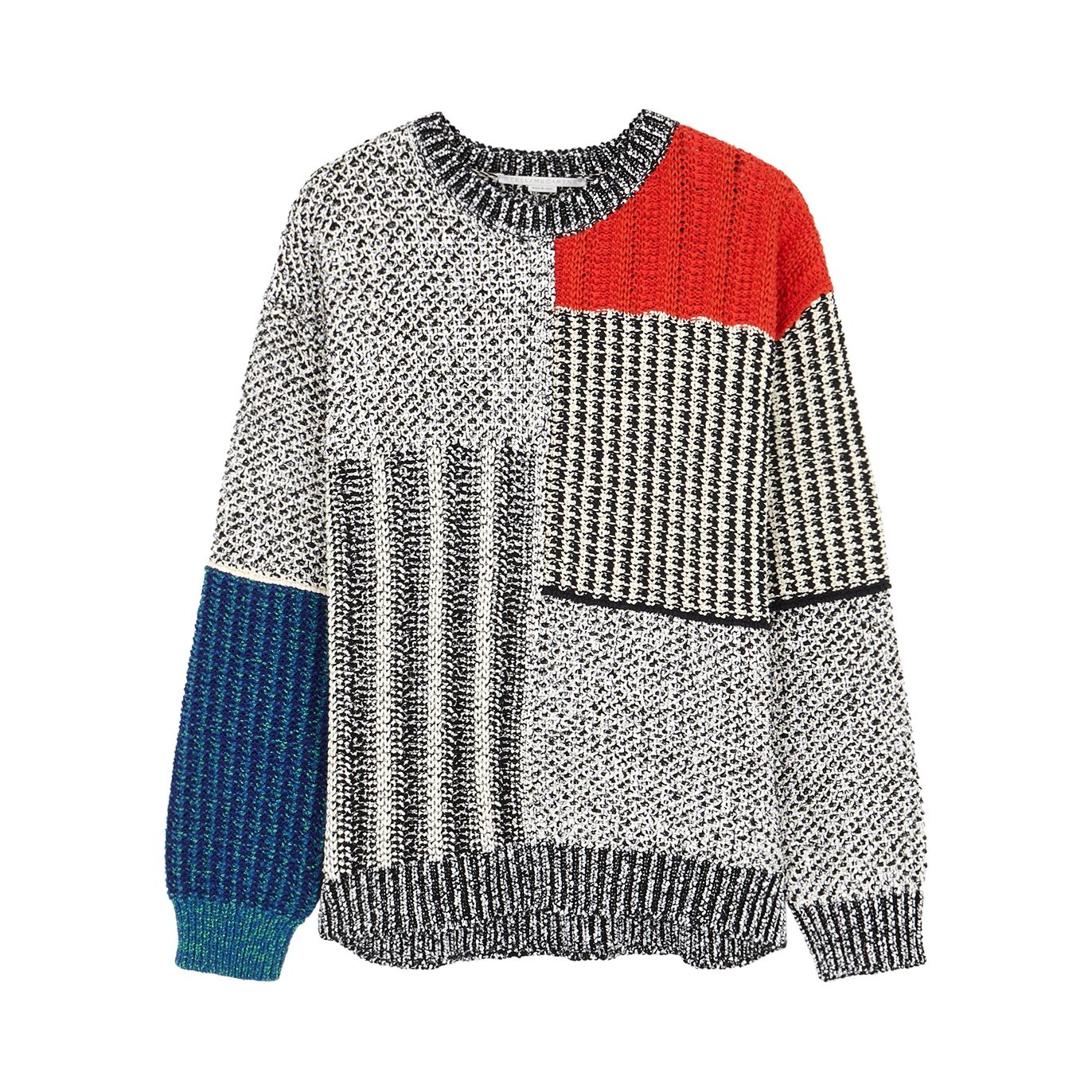

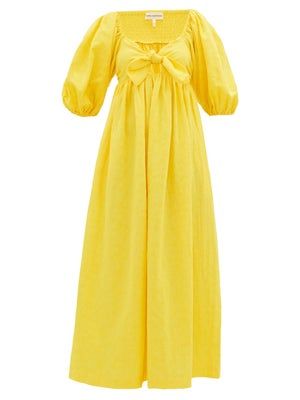
Next up, these are the most sustainable fabrics you can buy.


